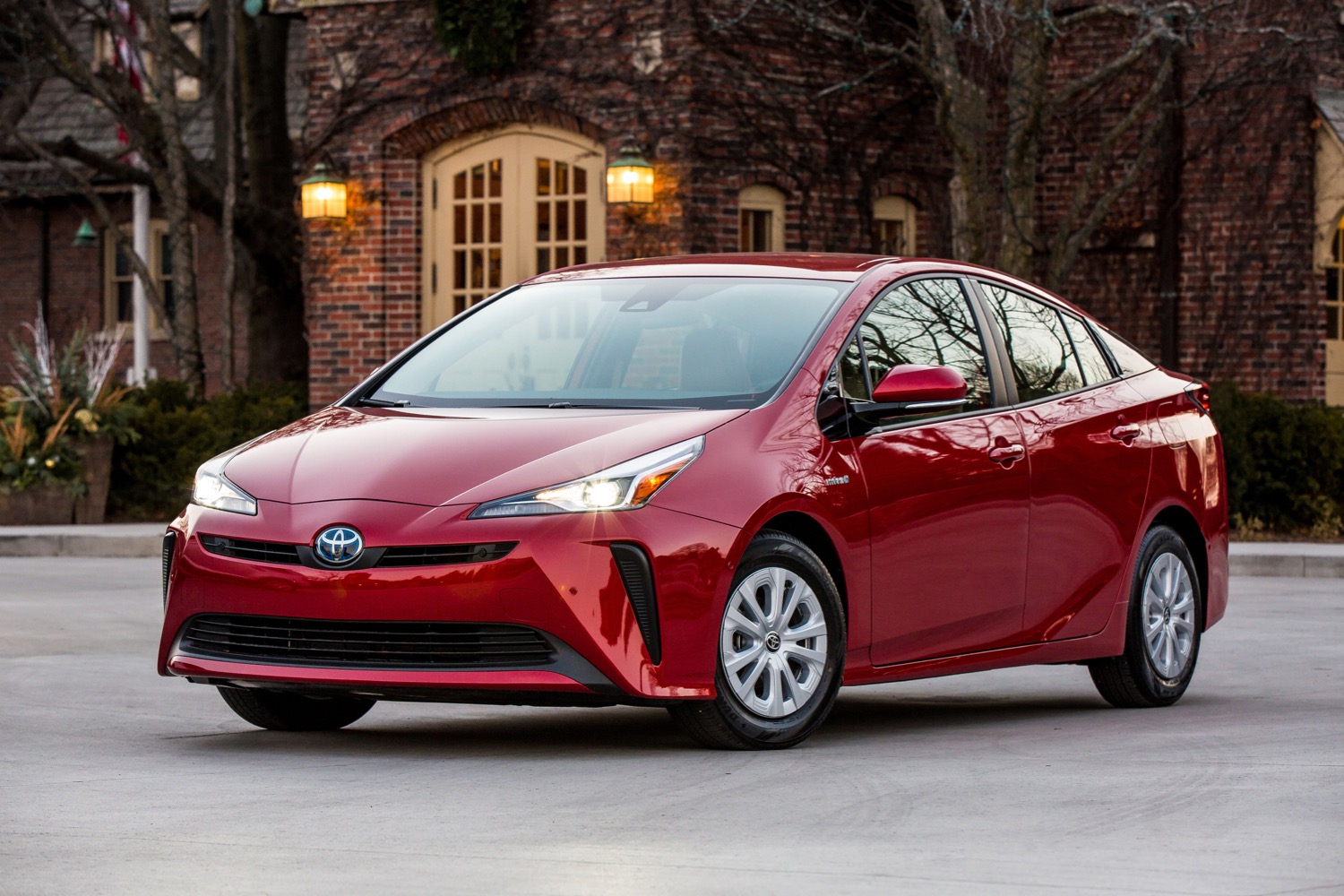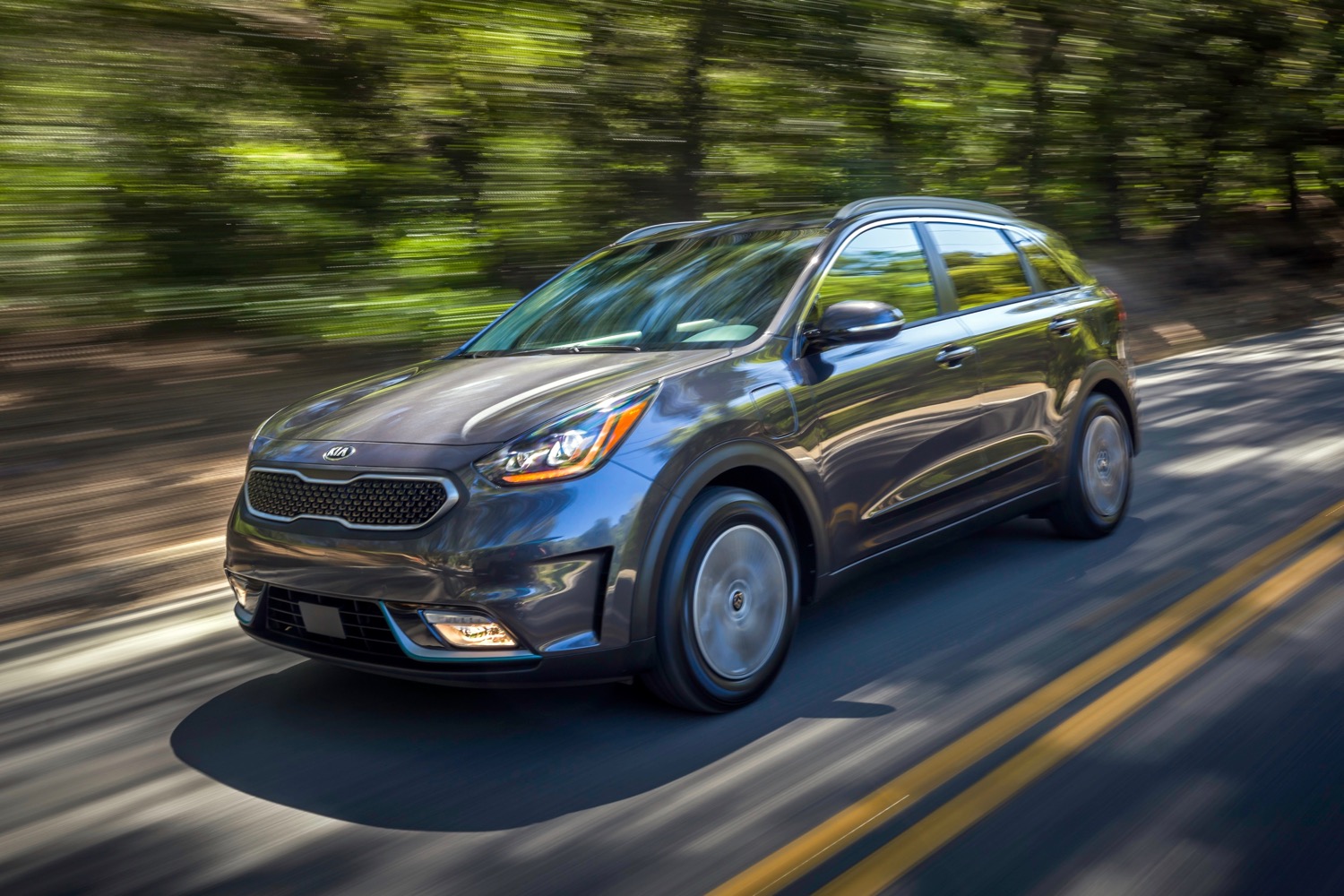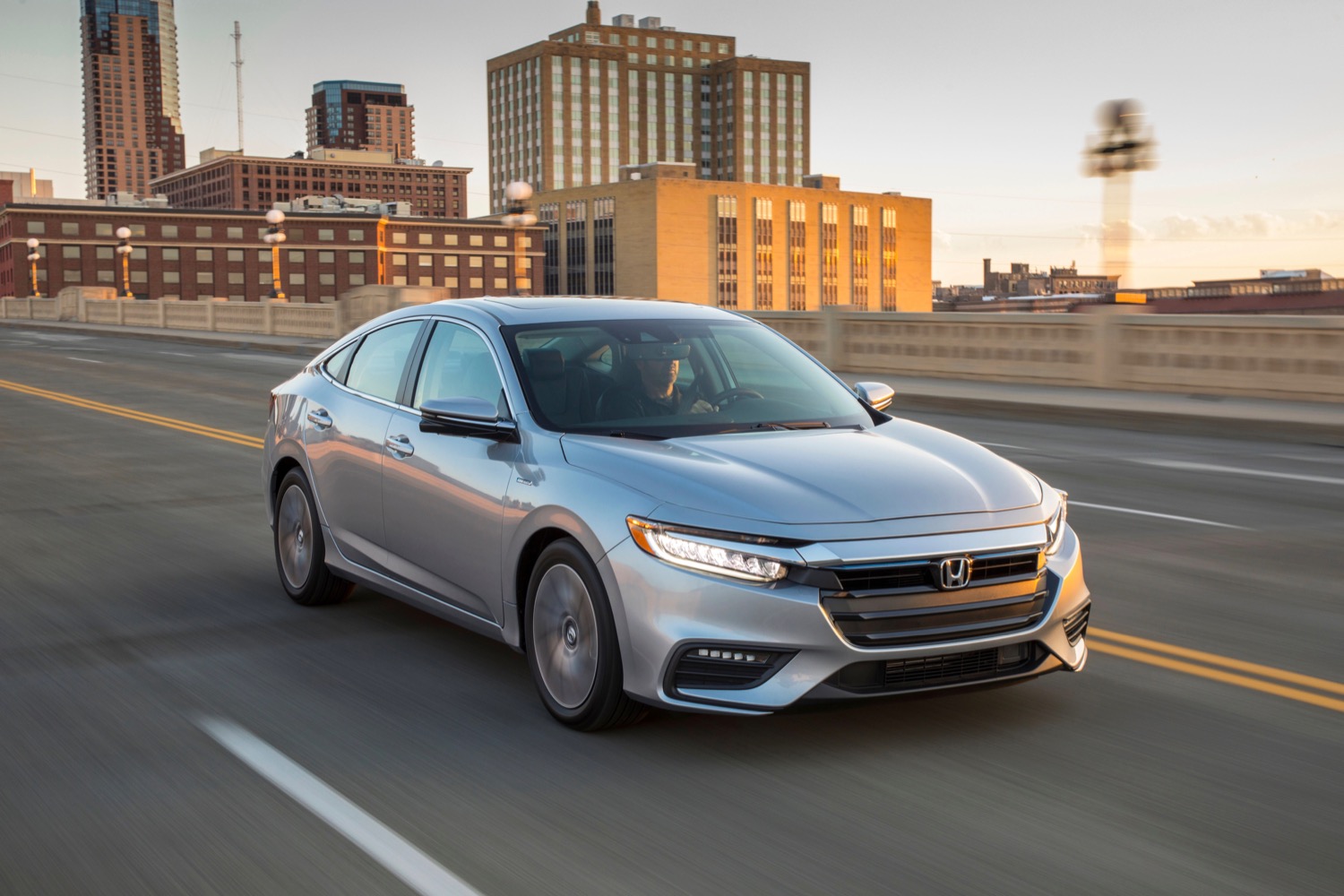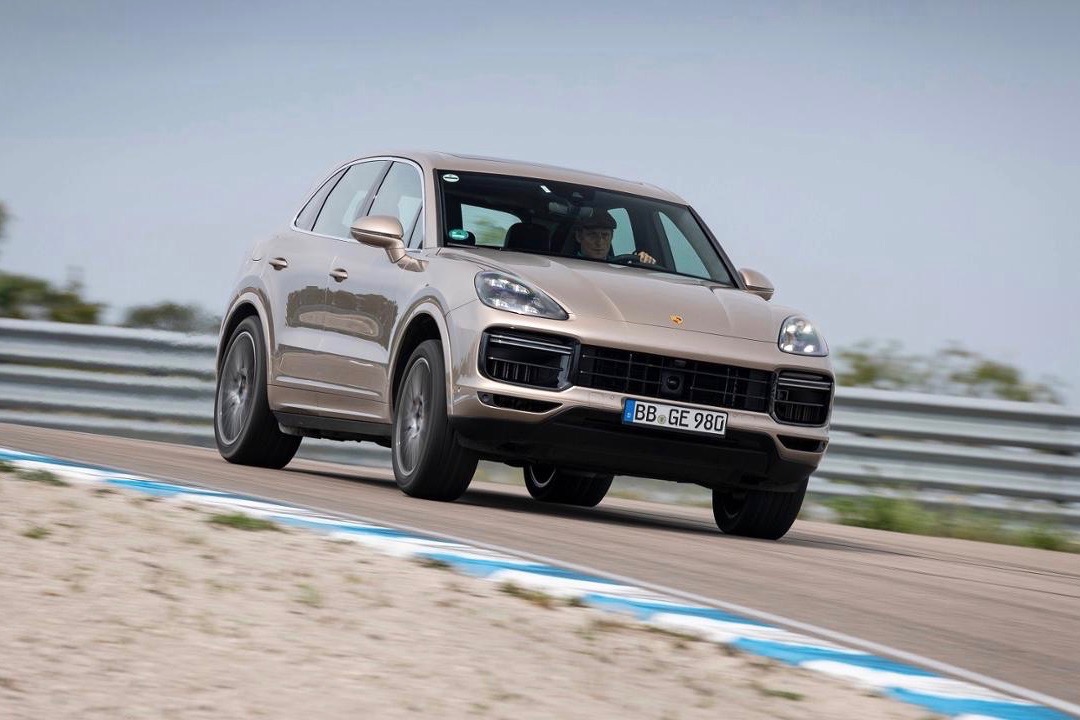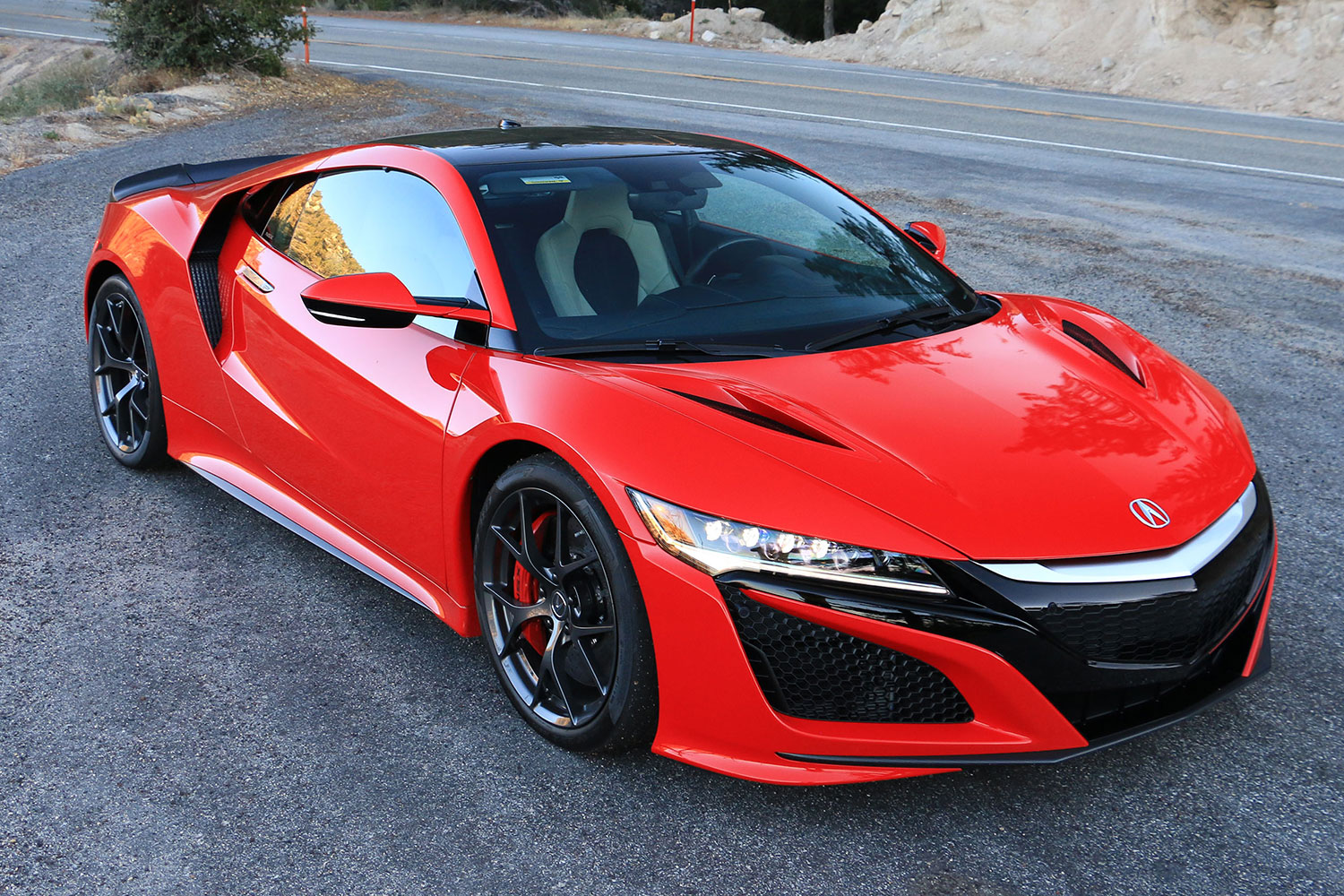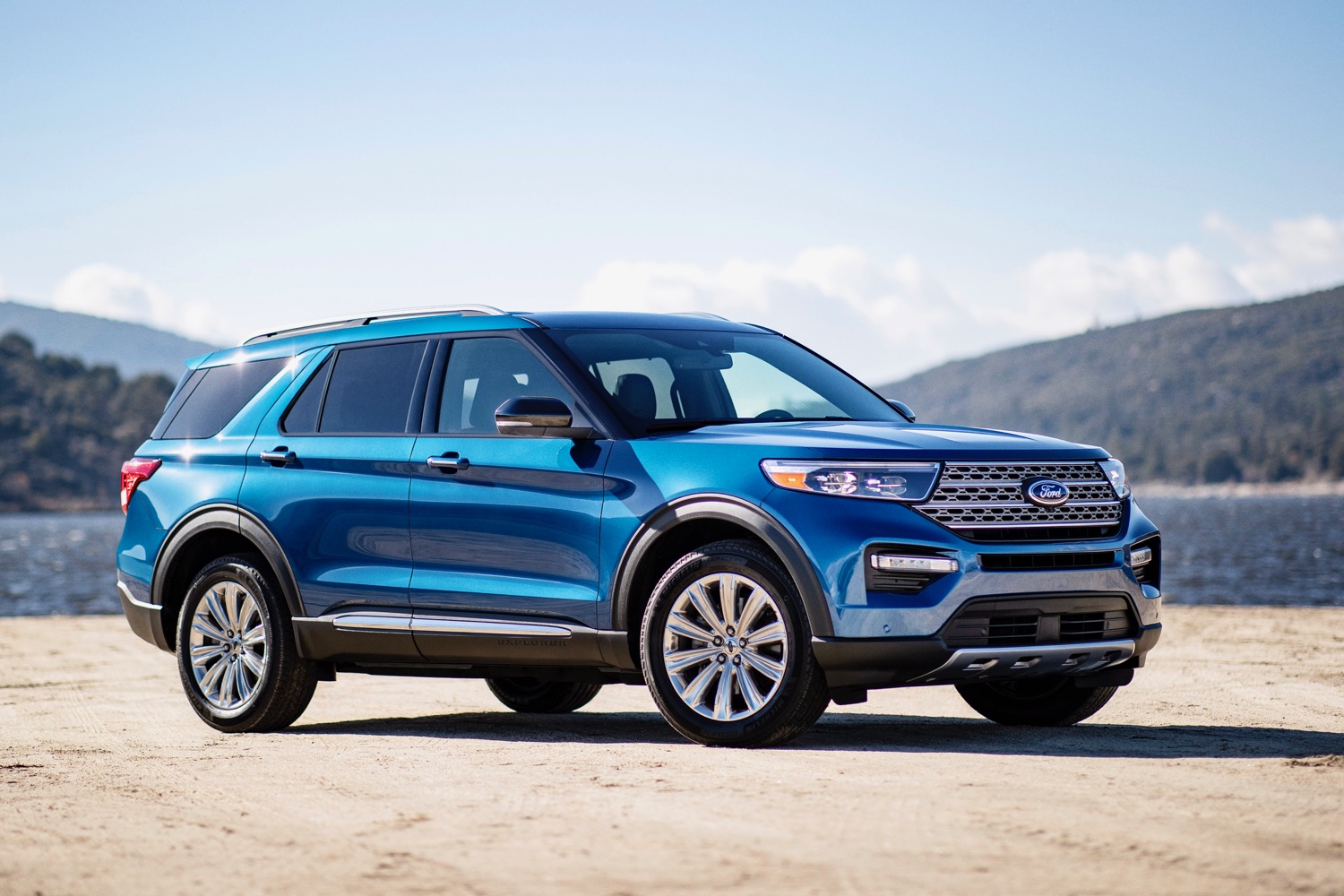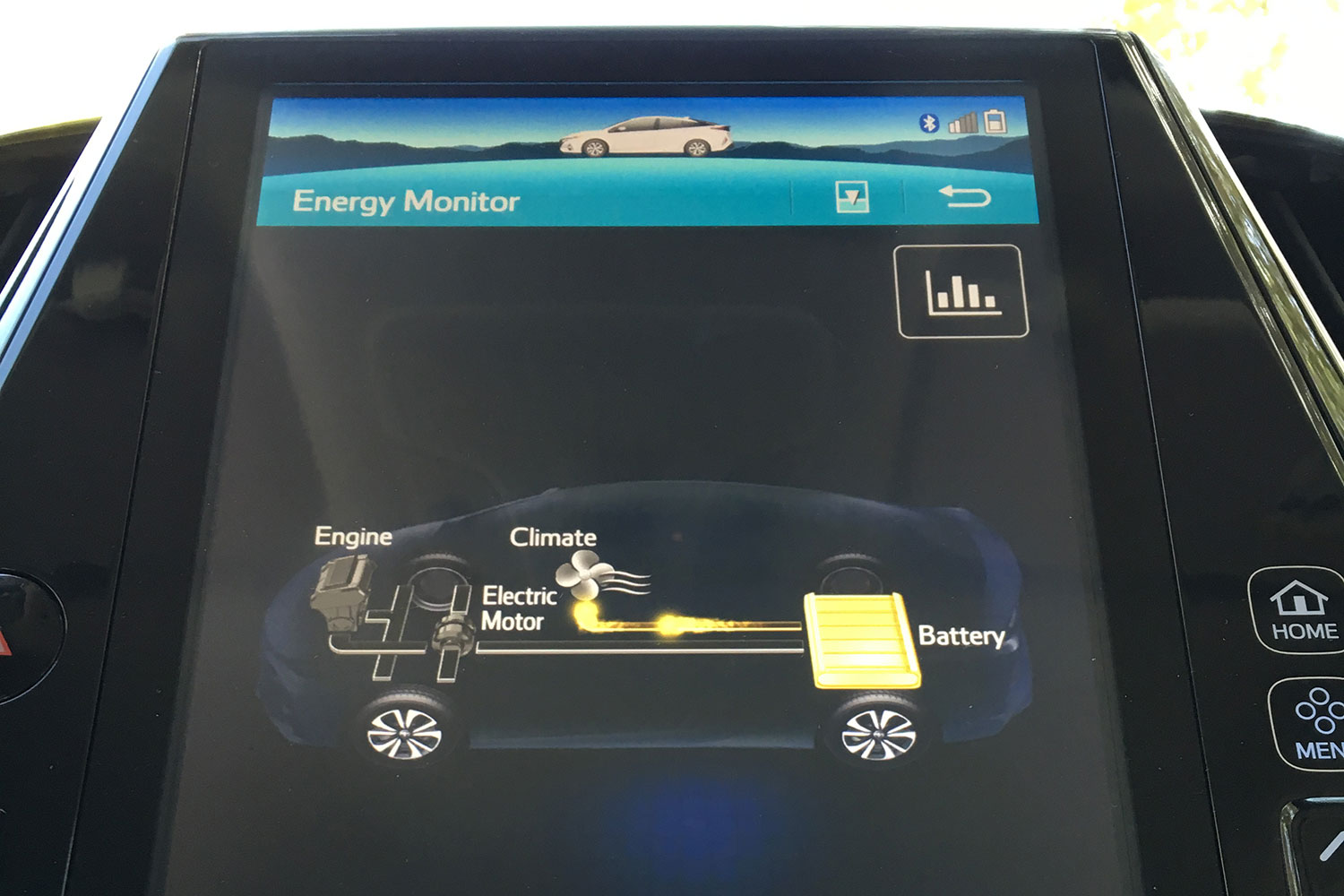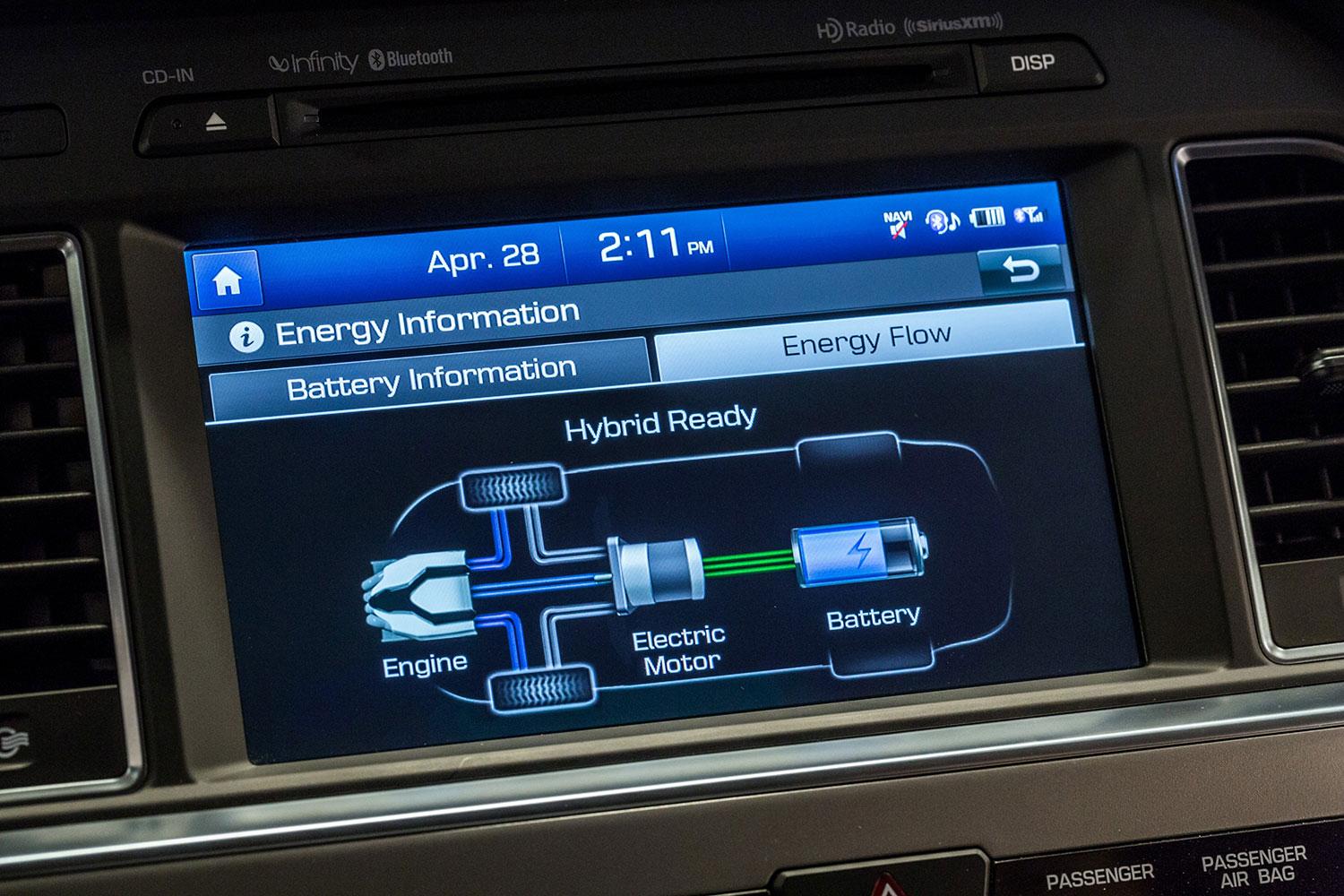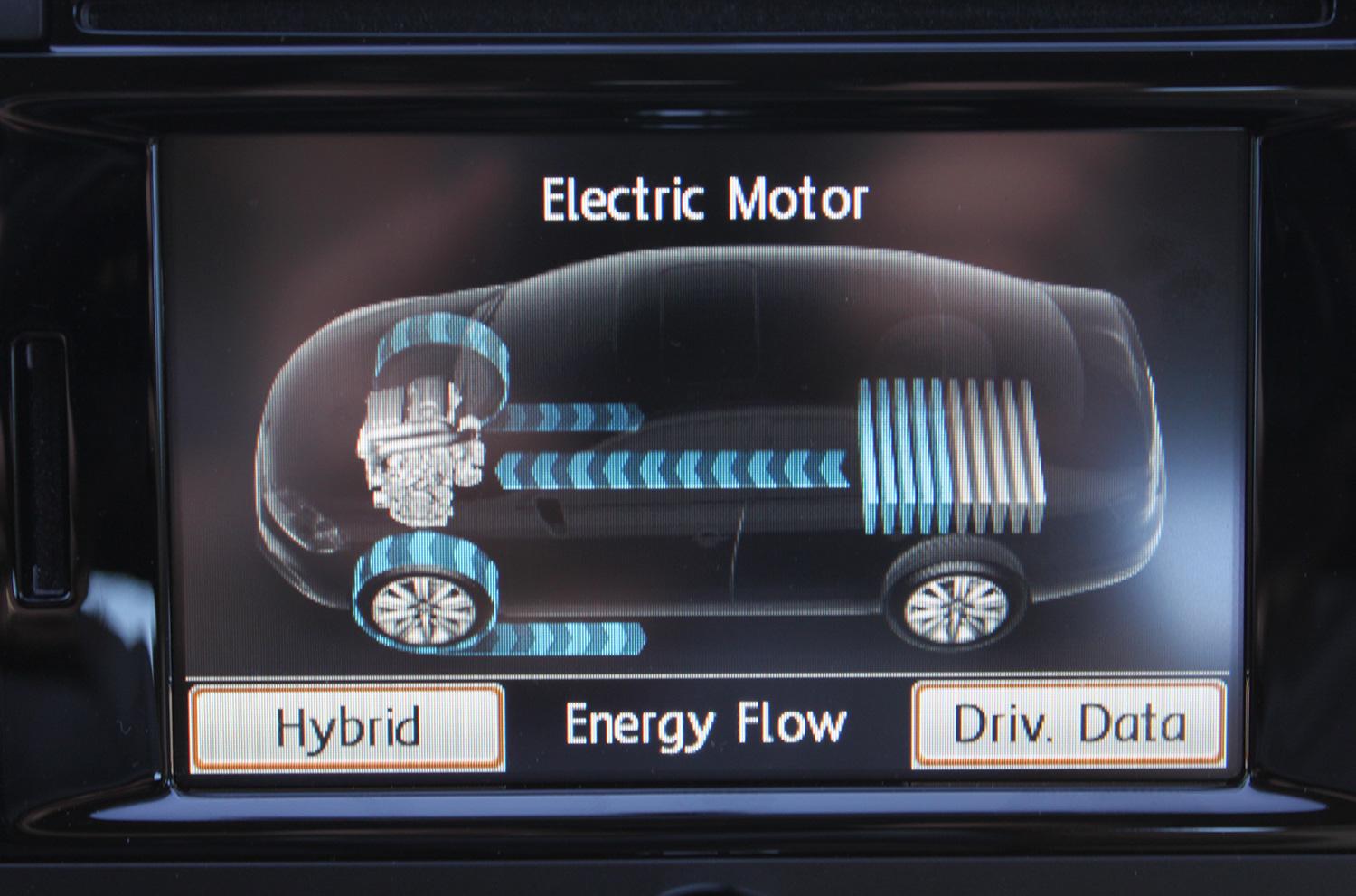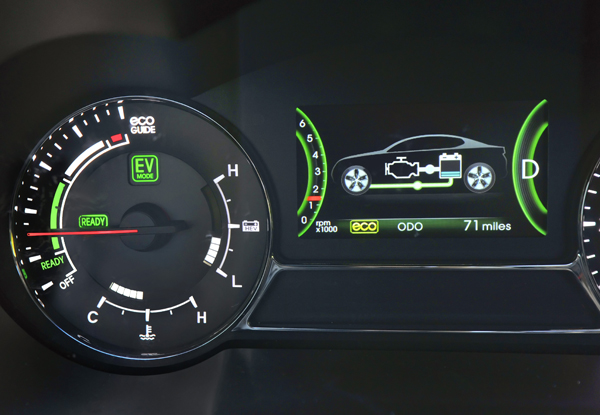When the first hybrid cars hit showrooms roughly two decades ago, they were dismissed as science projects. Now hybrid powertrains can be found in everything from high-end supercars to humble taxis, and even in commercial vehicles.
Hybrids will become even more common over the next decade or so as automakers go to greater lengths to comply with strict emissions regulations. If you’re unsure as to what exactly a hybrid is and how it works, we’ve got the answers. And if you’re interested in buying one, we’ve got a few tips for picking the best hybrid car for any need or budget.
What is a hybrid car?
Ah, the most pertinent question of them all. A hybrid in the context of the automobile means that it’s powered by both an electric motor and an internal combustion engine. The two systems work directly with each other to drive the wheels.
The most common example of a hybrid vehicle is the Toyota Prius, which became the first modern, mass-produced hybrid car when it made its debut on the Japanese market in 1997. The Prius is now well into its fourth generation, and it’s the poster child of the segment.

Better fuel economy is the primary motivation behind hybridization. But, more recently, automakers have noticed that hybridization also benefits performance. We’ll get to that in a second.
A hybrid’s electric motor gets its juice from an on-board battery pack that usually sits in the trunk behind the rear seats or in the floor pan, to lower the center of gravity for improved handling.
When certain driving conditions favor the use of only the electric motor, such as driving below a specific speed or sitting at idle, the engine remains off and thus burns zero gasoline. When the battery level gets to a certain depletion level or if heavy throttle loads are required, the gasoline motor automatically kicks in to assist both in recharging the battery and propelling the drive wheels.
How do hybrids work?
On the surface, hybrid cars might all seem like they’re the same: They’re powered by both gasoline and electric power and geared toward saving fuel. That may be their main identifier, but there are variations in the designs and layouts of certain hybrids, depending on the type of vehicle and model. There are also different types of hybrid vehicles out there, though we’re focusing mainly on common consumer and commercial vehicle applications.
In a traditional hybrid, like a Toyota Prius, or even a larger Toyota Highlander Hybrid, to the likes of the Honda Accord Hybrid and Hyundai Sonata Hybrid, the gasoline engine is still the primary source of overall power for the vehicle. The electric motor also produces electricity by converting kinetic energy with regenerative braking. However, without the gas engine, the hybrid’s battery pack cannot recharge to supply the electric motor and some of the vehicle’s main functions. Thus, the car would basically become a terribly short-range and under-powered electric vehicle.
Supplementing the gasoline engine is an electric motor often integrated into the transmission. It serves as the primary source of propulsion, whereas the gas engine is secondary. In the case of Toyota’s ubiquitous Hybrid Synergy Drive, a pair of electric motors take the place of the traditional gearbox. Hyundai and some other automakers keep the gearbox, however.

The arrangement used by the Prius, where both the internal-combustion engine and the electric motor can power the wheels, is known as a “parallel” hybrid system. An alternative is the “series” hybrid, where the internal-combustion engine acts only as a generator, with no direct connection to the wheels. This allows the engine to operate at a more consistent speed, improving efficiency. Series hybrids are rare, although Nissan has a series-hybrid powertrain called e-Power, which is expected to come to the U.S. in Infiniti luxury cars.
More recently, manufacturers began realizing that hybrids also benefit performance, and thus they have engineered various different types of hybrid vehicles. That’s because electric motors deliver instant power, whereas internal combustion engines have to spool up before hitting their power peaks.
Examples include the supercar trifecta, the Porsche 918, the McLaren P1, and the LaFerrari. All three rely on a combination of an electric motor and gasoline engine for propulsion and power. However, they’re all built and designed rather differently, especially when compared to the traditional hybrid system found in a mass-market vehicle.
The Porsche 918 has a twin-turbo V8 that sits in the middle of the chassis driving the rear wheels, but its electric motors are mounted at the front axle, providing the 918 with simulated all-wheel drive. The McLaren P1’s electric motor is integrated to the gas engine and mated to a dual-clutch transmission, while the LaFerrari’s hybrid capabilities involve a system initially developed for Formula 1 racing, also known as KERS, or kinetic energy recovery system.
Ultimately, however, they all rely on electricity and gasoline for propulsion, thus giving them their hybrid status.
More recently, another term also began surfacing, adding itself to the list as a variant: The mild hybrid. The term was coined to describe one of the industry’s latest innovations, the 48-volt electrical system. It’s an additional electric supply that supplements the already standard 12-volt electrical supply used on vehicles. It also powers a new electric motor/generator combination module, or EMG, mounted outboard of an internal combustion engine and connected directly to the crankshaft pulley via a heavy-duty belt.
Said EMG acts as a small electric motor that also doubles as an engine starter and an alternator. The EMG briefly cranks and drives the engine with electric power before the engine computer automatically transitions to all-gas power, providing hybrid-like benefits without the electric motor sending power directly through the transmission or axles. It also gets rid of the need to use a jerky and laggy automatic engine-stop-start function.
Why would you want a hybrid?

The odds are that if you’re interested in acquiring a hybrid vehicle, you want to save money on gasoline. Hybrids cost far less to fill up and you can go exponentially farther than normal cars without having to refill.
The Hybrid car market is increasing in popularity by the minute. Due to additional consumer demand, manufacturers have come out with more and more new makes, offering various sizes and features. Finding the right hybrid that fulfills your driving desires and satisfies your budget should not be a struggle. Those wanting a regular car-based hybrid can spring for the Toyota Prius or the Hyundai Ioniq, and hybrid versions of various other models are available, too. If standard cars don’t entice you, there are hybrid crossover SUV options as well.
Luxury carmakers have also made a dent in the hybrid market. Lexus, Hyundai Kia, Ford, Toyota, Honda, Mini, and BMW all produce a hybrid car. Currently, hybrid vehicles are still classified as semi-luxury. However, manufacturers are continuing to add more hybrids to their rollouts every year.

Conclusion
It has never been easier or more accessible to be an environmentally conscious person. On top of your vehicle options expanding every year, more and more cities provide public charging stations. As these charging stations become more popular, the more likely we’ll see hybrid vehicles on a large scale. We’re still at the beginning of hybrid vehicle production; Technology will grow exponentially in the near future to create incredible vehicle innovation.
When switching from fuel to electricity, you not only leave a positive impact on the environment but also keep your wallet happy. Be sure to put in the research before buying any new vehicle, especially hybrids. Figure out where you’ll have access to public charging stations or see if it’s possible to purchase your own. Keep in mind, if there aren’t many public stations now, that could change over the next several years.
Editors' Recommendations
- How to add Bluetooth to an older car
- The best iPhone car mounts in 2023: top 10 best ones you can buy
- Every car compatible with Apple CarPlay
- The best cars for camping
- The best CarPlay apps
